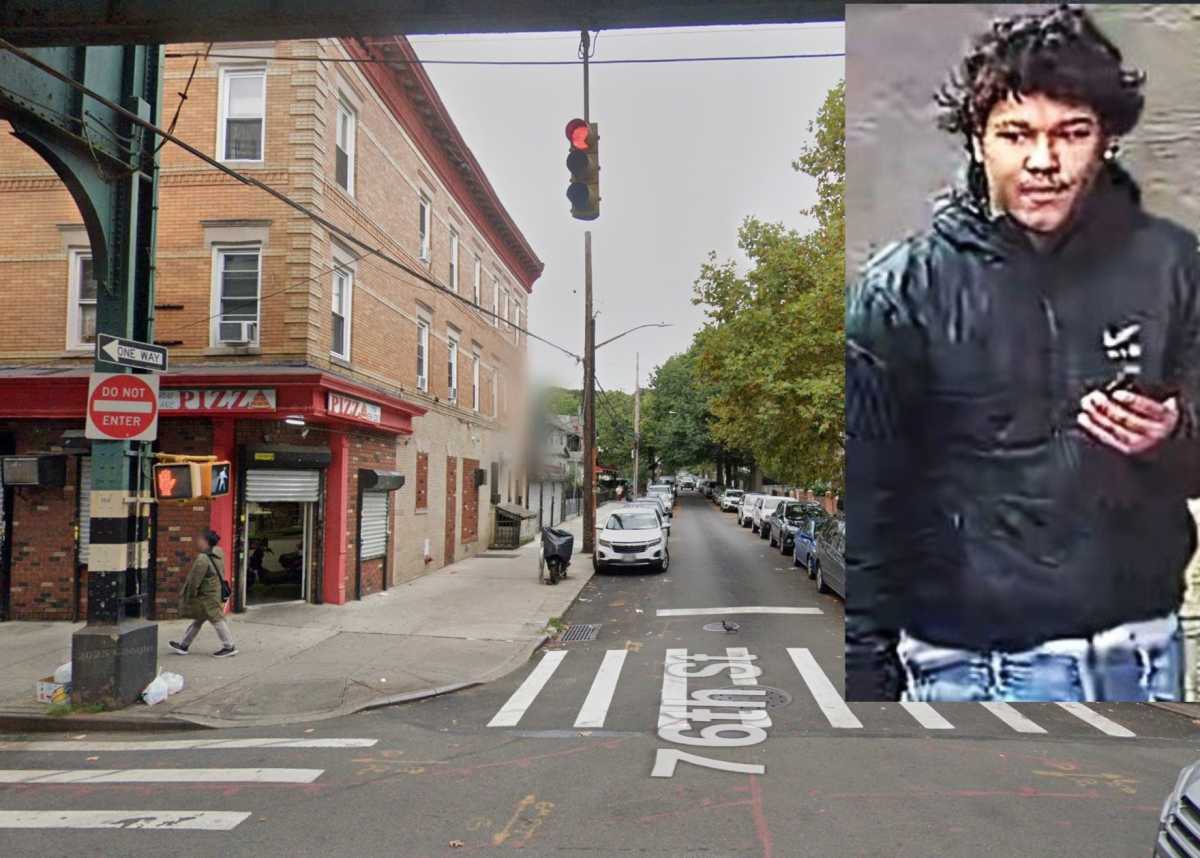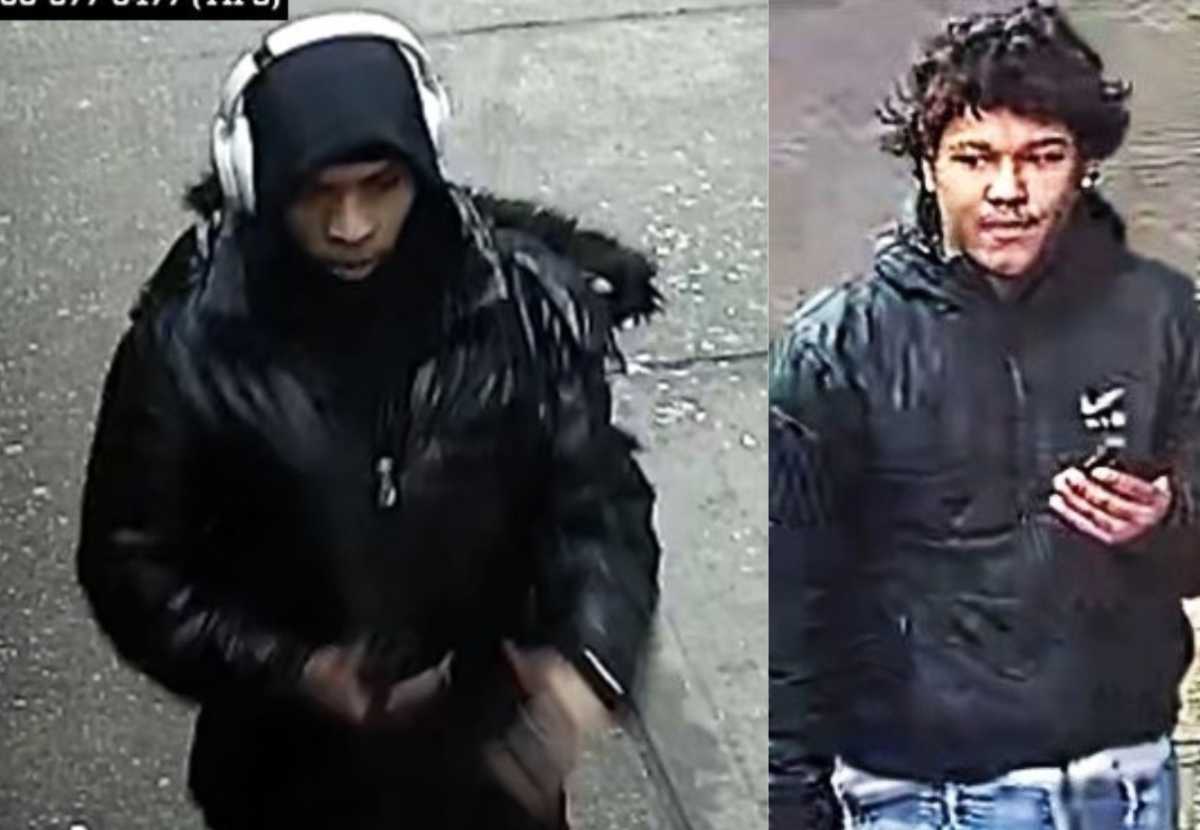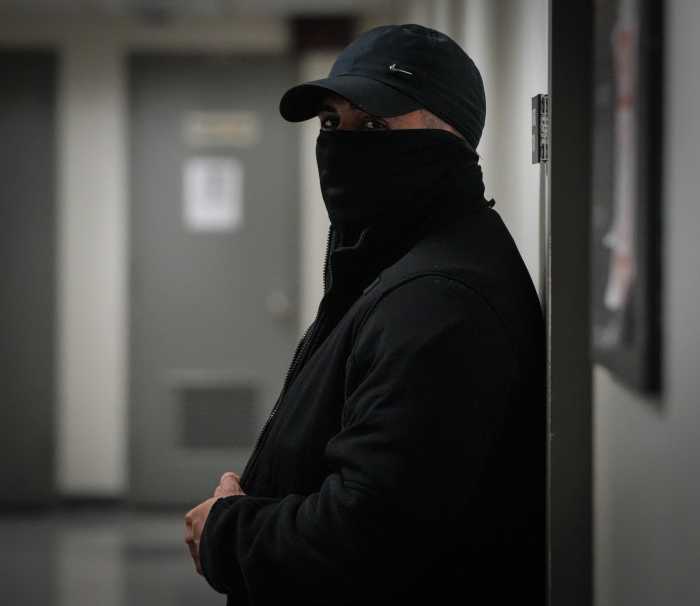In his 10 years in business on Jamaica Avenue, Wilson Vargas has seen a lot of things come and go, but one thing that remains is graffiti - until he cleans it up, that is.
“As soon as I see graffiti, right away I go to the basement, get paint and paint over it,” said the owner of Dynamic Properties Realty, at the corner of 109th Street and Jamaica Avenue. “Graffiti doesn’t make the neighborhood look good.”
As a 20-year veteran of the real estate business, Vargas knows that it is more than just “location, location, location” - it is aesthetics, too.
“If someone is looking to move in, they look at [the amount of] graffiti in the area,” he said, noting that if his clients have a property up for sale, he advises them to clean up any vandalism, which, he said, is on the rise.
He estimates his business has been “tagged” at least three times over the last year-and-a-half, but credits the New York Police Department (NYPD) - and the local 102nd Precinct - in their efforts to combat graffiti.
“Graffiti vandalism is a crime punishable by a jail term, monetary fine and/or community service,” according to the police. “Any person caught defacing property without the express permission of the owner will be arrested. Once considered a small problem caused by a handful of teenagers, graffiti has erupted into a nationwide epidemic costing billions of dollars each year,” the police said.
About $30,000 to $50,000 of the city budget has been dedicated to cleaning graffiti in Queens in recent fiscal years, according to Councilmember Joseph Addabbo.
In Queens South, from 2006 to 2007, graffiti complaints to 3-1-1 increased 80 percent, to 864, and there were 259 arrests, a 17 percent increase, according to New York Police Department statistics. Queens North saw an 84 percent rise in complaints, from 904 to 1,662, and arrests climbed 11 percent, from 615 to 680.
Residents with graffiti on their property should report it to 3-1-1, their local community board or civic group. Also, “Property owners or authorized representatives may submit a waiver to the city to allow authorized personnel to clean graffiti from first or second-story facades,” according to the mayor’s Community Affairs Unit.
“He [Vargas] gets hit a lot,” said Wendy Bowne, President of the Richmond Hill Block Association (RHBA), across the street. “Graffiti is a major problem in the area. As soon as it is on there, he takes it off. He’s a fine example for all of the business owners in Queens.”
Vargas put it simply: “I think everyone should do this.”































